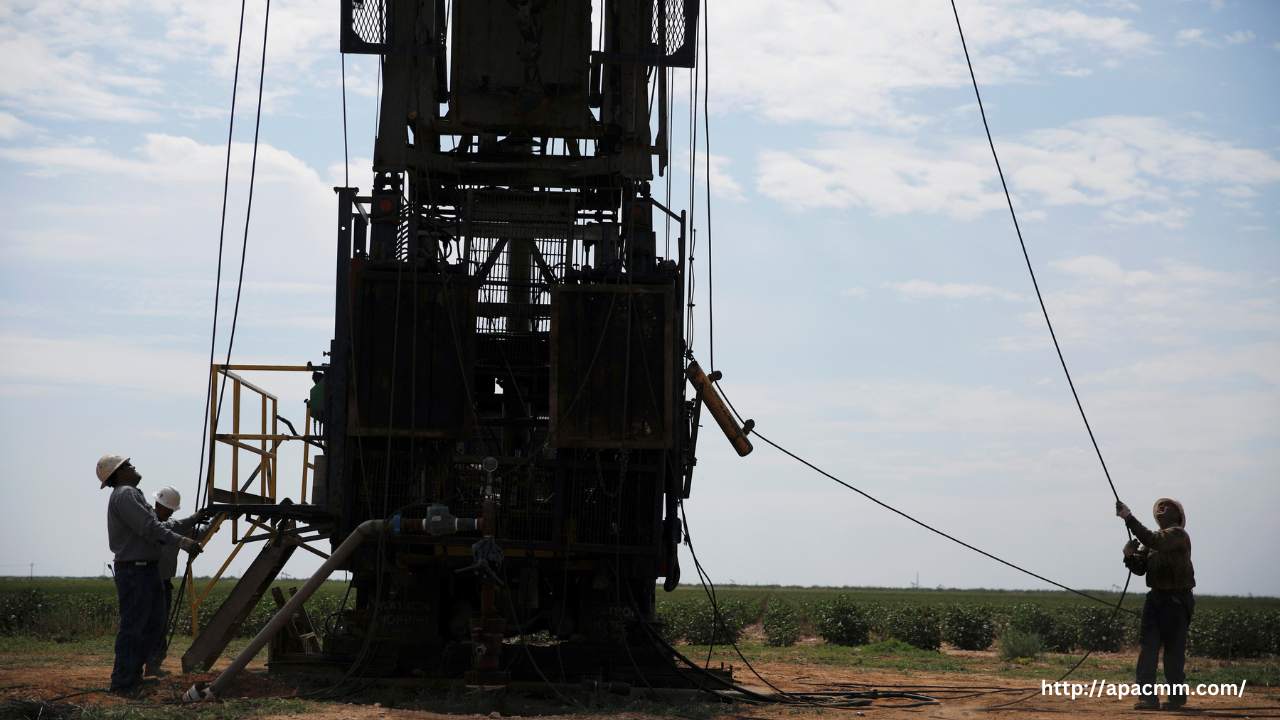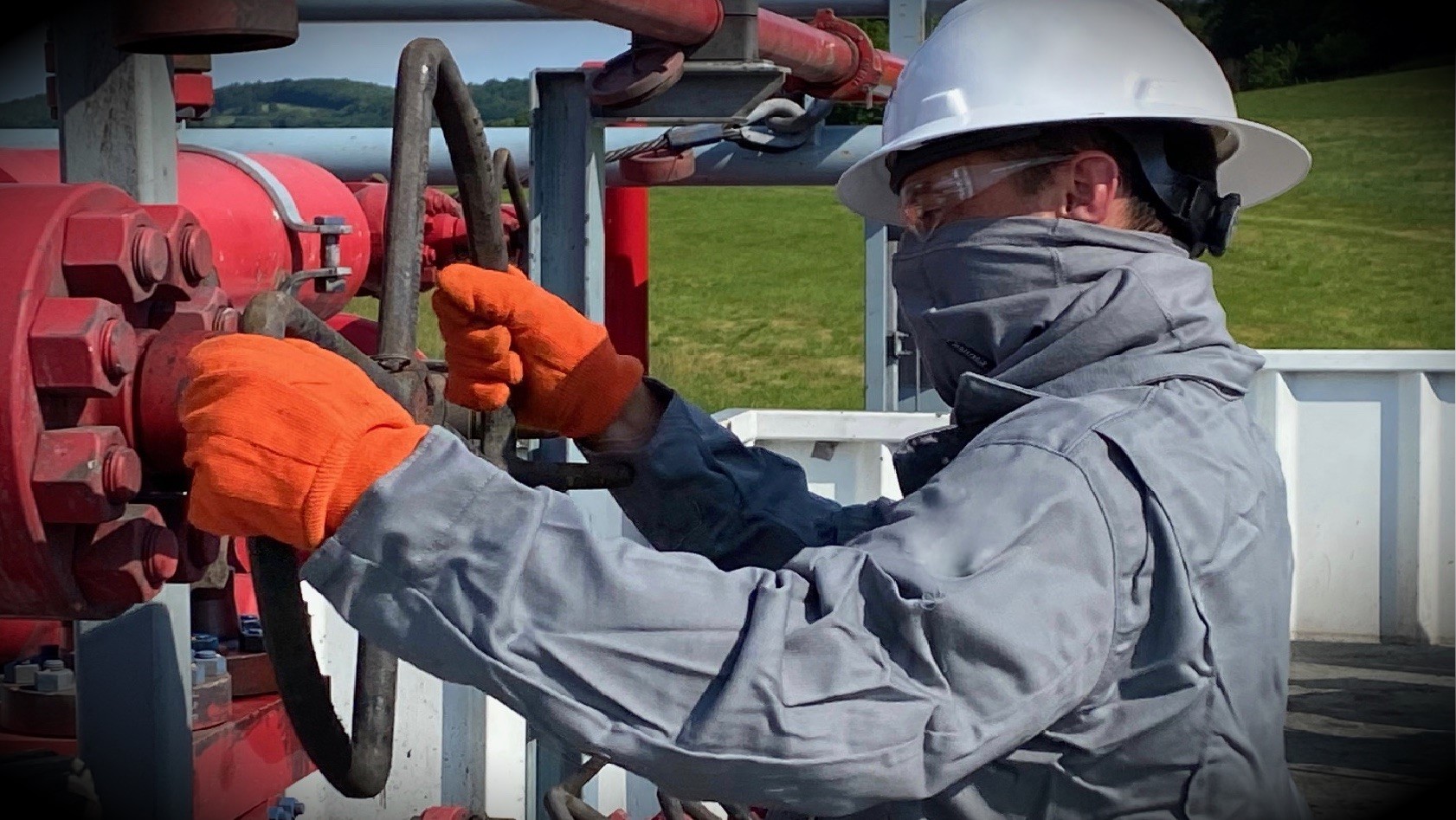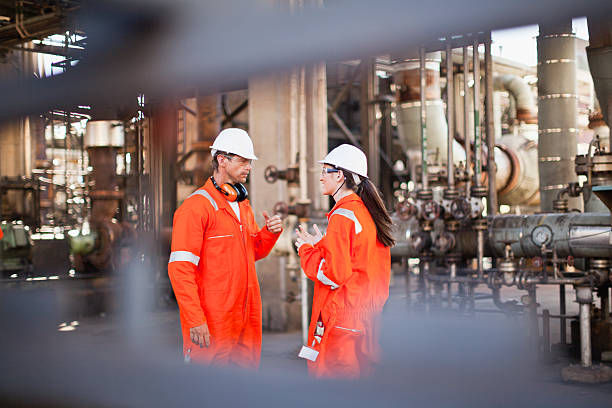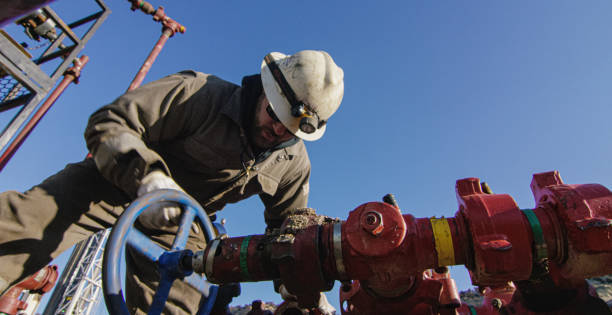Substance abuse in the oil and gas industry is a growing concern that often goes unnoticed due to the remote nature of the work and the culture of toughness that permeates the field. Oil field workers face intense physical demands, long shifts, and extended periods away from home, all of which contribute to elevated stress levels. These conditions create a high-risk environment for substance use, particularly involving alcohol, opioids, and stimulants.
The Roots of the Problem
Oil field jobs are typically located in isolated, high-pressure environments. Workers often endure extreme weather, hazardous working conditions, and a lack of recreational outlets. The physical strain of the job leads many to rely on prescription painkillers to manage chronic pain from injuries. Over time, this can develop into dependency or addiction.
The oil field culture, which often emphasizes self-reliance and toughness, discourages open discussion about mental health and substance use. This stigma, coupled with fear of job loss, prevents many workers from seeking help. Instead, they continue using substances to cope with both the physical and emotional demands of the job.
Challenges to Intervention
Several challenges hinder effective intervention in the oil field context:
- Geographic Isolation – Many oil fields are in remote areas, far from healthcare facilities and addiction treatment centers. This makes access to immediate care and long-term recovery resources difficult.
- Stigma and Confidentiality Concerns – Workers often fear that disclosing a substance use problem will lead to termination or damage their reputation. This fear makes it difficult to initiate conversations about addiction and seek treatment.
- Demanding Schedules – The oil industry is known for its grueling work schedules, with employees often working 12-hour shifts for weeks at a time. This leaves little time for attending therapy or rehabilitation programs.
Strategies for Effective Intervention and Treatment
To address these challenges, a comprehensive, multi-pronged approach is essential. Here are several strategies that can make a meaningful difference:
- On-Site Support Services – Companies can provide access to trained counselors and peer support groups at worksites. On-site professionals can offer confidential evaluations, counseling sessions, and immediate crisis intervention.
- Telehealth and Mobile Clinics – Leveraging technology can help bridge the gap created by geographic isolation. Telehealth platforms allow workers to access mental health and addiction specialists remotely. Mobile health units can also travel to remote sites, offering in-person care.
- Confidential Employee Assistance Programs (EAPs) – EAPs should be promoted as safe and confidential resources for workers seeking help. These programs can include referrals to treatment facilities, mental health support, and family counseling services.
- Workplace Education and Training – Regular training on substance abuse awareness, stress management, and mental health can reduce stigma and empower employees to seek help. Supervisors should be trained to recognize early signs of substance use and refer employees to support services.
- Flexible Treatment Programs – Outpatient programs that accommodate shift schedules can enable workers to receive treatment without missing work. Evening sessions, weekend support groups, and short-term leave options can all facilitate participation.
Conclusion
Addressing substance abuse in the oil fields requires understanding the unique pressures of the industry and tailoring intervention efforts accordingly. By providing accessible, confidential, and flexible treatment options, companies can support the health and well-being of their workforce. A proactive and compassionate approach to addiction not only saves lives but also enhances safety, morale, and productivity across the oil and gas sector.









